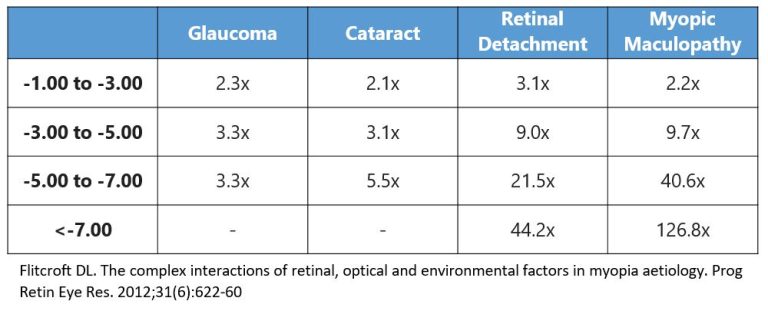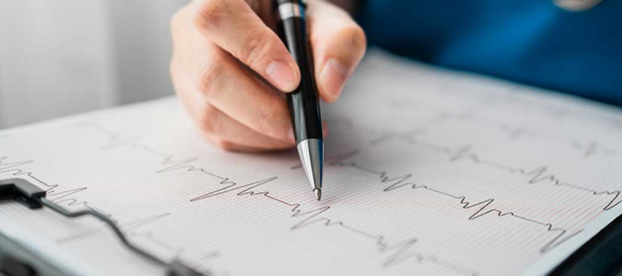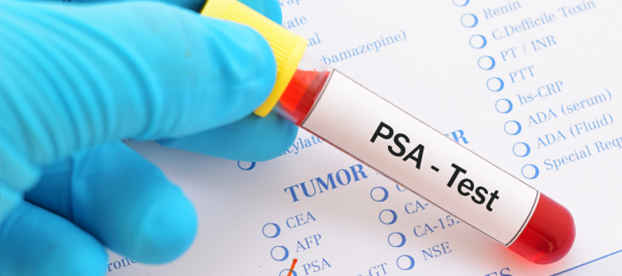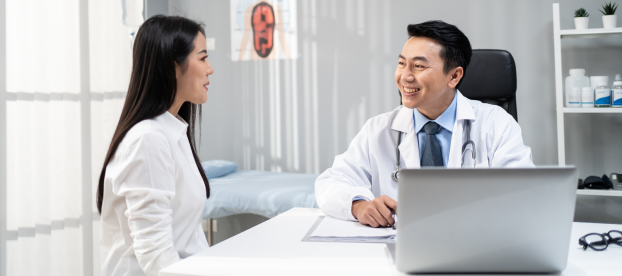Myopia
Learn more about Myopia - what it is, statistics in Singapore, its causes, symptoms, diagnostic tests, and treatments.
Table of Contents
ToggleWhat Is Myopia?
Myopia, commonly known as nearsightedness, is a common refractive error of the eye that affects a person’s ability to see distant objects clearly. In individuals with myopia, close-up objects can be seen more clearly than objects at a distance. This occurs because light entering the eye is focused in front of the retina rather than directly on it.
The eyeball’s shape plays a crucial role in myopia. If the eyeball is too long or the cornea (the clear front part of the eye) has too much curvature, light entering the eye is not focused directly on the retina. Instead, it falls in front of the retina, causing distant objects to appear blurry.
Myopia is different from other refractive errors such as astigmatism and hyperopia (farsightedness).
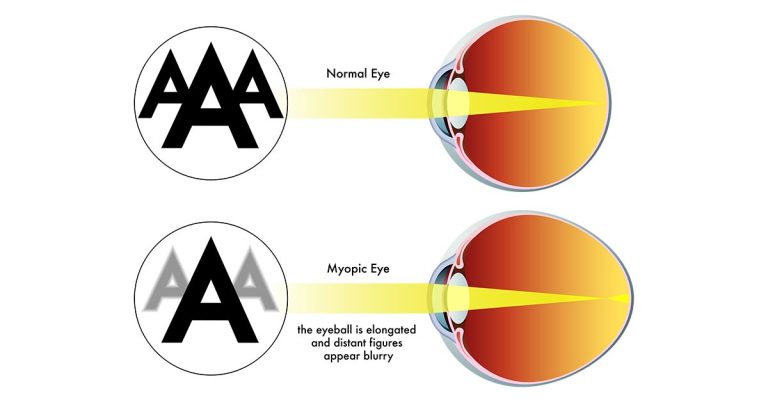
Myopia In Singapore: Statistics
Myopia in Singapore is highly prevalent and among the highest in the world, according to the Ministry Of Health. 65% of Singaporean children are myopic by Primary 6, and 83% of young adults are myopic. With this, Singapore is often labelled as the “Myopia Capital of the World”. It is also projected that by 2050, 80% to 90% of all Singaporean adults above 18 years old will be myopic and 15% to 25% of these individuals may have high myopia.
Causes
Myopia is a common vision condition that often begins during childhood and can progress with age. It usually becomes more stable during the age of 20 and 40. Its development is influenced by a combination of genetic and environmental factors.
- Genetics – Myopia tends to run in families. If one or both parents are nearsighted, there is an increased likelihood that their children may develop myopia.
- Environmental Factors – Engaging in activities that require intense focusing on close-up objects for extended periods, such as reading, writing, or using digital devices, is associated with a higher risk of myopia. Spending more time indoors and insufficient exposure to natural sunlight have also been linked to an increased risk of myopia.
- Other factors include age and ethnicity as myopia often begins during childhood and is prevalent among different ethnic groups.
Symptoms
The symptoms may vary in intensity among individuals, and early detection is crucial for proper management. Common symptoms of myopia include:
- Blurred vision for distant objects such as road signs, chalkboards, or distant faces.
- Squinting.
- Eye strain especially after activities that require prolonged focus on close-up objects like reading or using a computer.
- Headaches.
- Difficulty seeing at night or low-light conditions.
Degrees Of Myopia
Myopia is typically measured in diopters (D), which represent the unit of refractive error. The degree of myopia is determined by the strength of the prescription needed to correct the vision. The measurement is negative, and the higher the negative number, the stronger the myopia.
Classification | Degree |
Mild | Up to -3.00 D |
Moderate | Between -3.00 D and -6.00 D |
High | Beyond -6.00 D |
Associated Complications
While myopia itself is a manageable condition, it may be associated with certain complications, especially in cases of high or rapidly progressing myopia. Some potential complications associated with myopia includes:
- Cataract.
- Glaucoma.
- Retinal Detachment.
- Myopic Maculopathy Or Myopic Macular Degeneration.
Table Source: Singapore National Eye Centre
Diagnostic Tests
Diagnostic tests help assess the extent of nearsightedness, determine the prescription needed for corrective lenses, and rule out any underlying eye conditions. Here are some common diagnostic tests for myopia:
- Visual Acuity Test – Uses the Snellen chart to measure visual acuity. During this test, patients read letters or symbols from a distance to determine how well they can see at various distances.
- Retinoscopy – Uses a light beam and a series of lenses to objectively estimate the refractive error. This helps determine the prescription needed for corrective lenses.
- Refraction Test – Involves looking through a phoropter, a device with different lenses, to determine the most accurate prescription for corrective lenses. The optometrist will ask the patient to compare different lens options to find the combination that provides the clearest vision.
- Autorefractors and Aberrometers – These automated instruments use sensors to measure the refractive error of the eye quickly.
- Slit-Lamp Examination – A slit lamp allows the eye care professional to examine the structures of the eye, including the cornea, lens, and retina.
- Dilation of Pupils – May use dilating eye drops to temporarily enlarge the pupils, allowing for a more thorough examination of the retina and optic nerve.
Treatments
Several effective treatments are available for myopia, ranging from non-invasive methods to surgical procedures.
- Eyeglasses – Prescription eyeglasses are the most common and non-invasive way to correct myopia. Concave lenses are used to diverge incoming light rays, allowing them to focus correctly on the retina.
- Contact Lenses – Contact lenses, whether soft or rigid gas permeable, offer an alternative to eyeglasses. Contact lenses sit directly on the cornea, providing a wider field of vision compared to glasses.
- Orthokeratology (Ortho-K) – Ortho-K involves the use of specially designed gas permeable contact lenses worn overnight to reshape the cornea temporarily. This allows individuals to enjoy clear vision during the day without the need for glasses or lenses.
- Refractive Surgery – Refractive surgery or laser eye surgery, such as LASIK (Laser-Assisted In Situ Keratomileusis), LASEK (Laser-Assisted Subepithelial Keratectomy) PRK (Photorefractive Keratectomy), and SMILE (Small Incision Lenticule Extraction) reshapes the cornea to correct refractive errors, including myopia. These procedures are suitable for individuals seeking a more permanent solution to their vision problems.
- Low-Dose Atropine Therapy – Some eye care professionals may recommend low-dose atropine eye drops to slow down myopia progression, particularly in children. However, the use of atropine is typically closely monitored due to potential side effects.
Contact Us For Diagnostic Tests And Treatment
Health365 has partnerships with trusted eye care specialists, clinics, and hospitals in Singapore. Contact us through the button below to inquire.
Related Articles
Ophthalmologist In Singapore – Dr Natasha Lim
- July 15, 2024
Ophthalmologist In Singapore – Dr David Goh
- July 5, 2024
What Is Implantable Contact Lens?
- July 5, 2024


